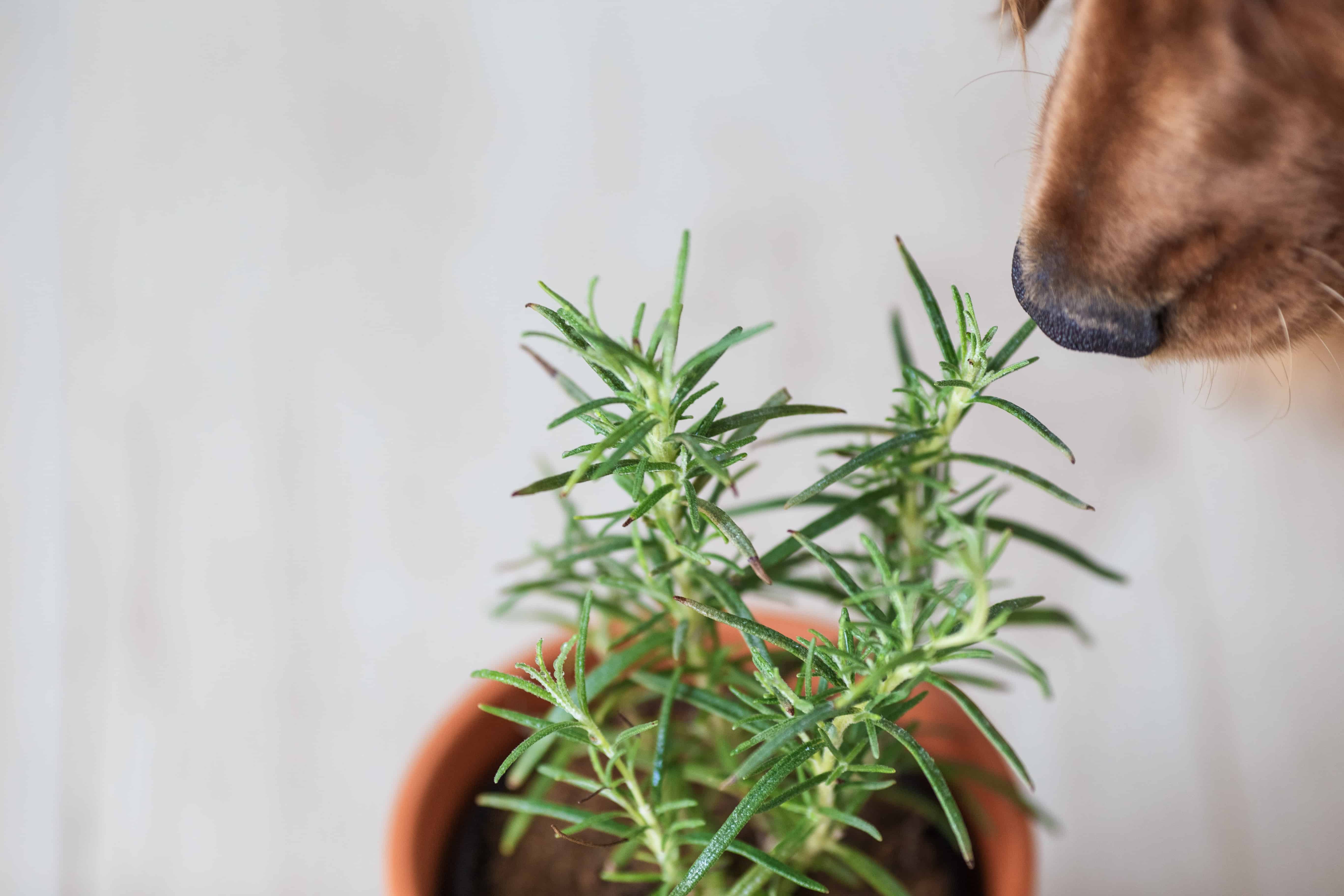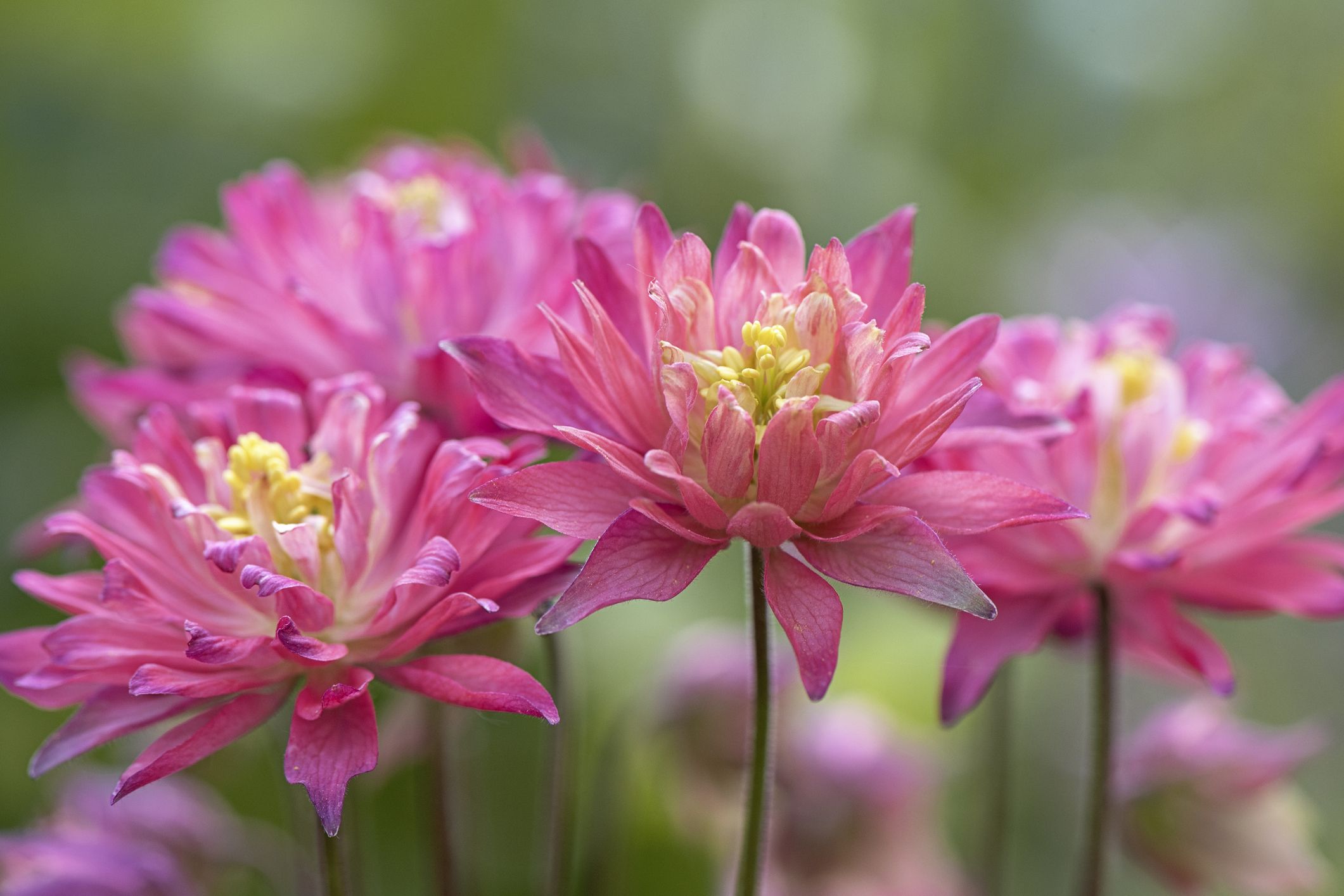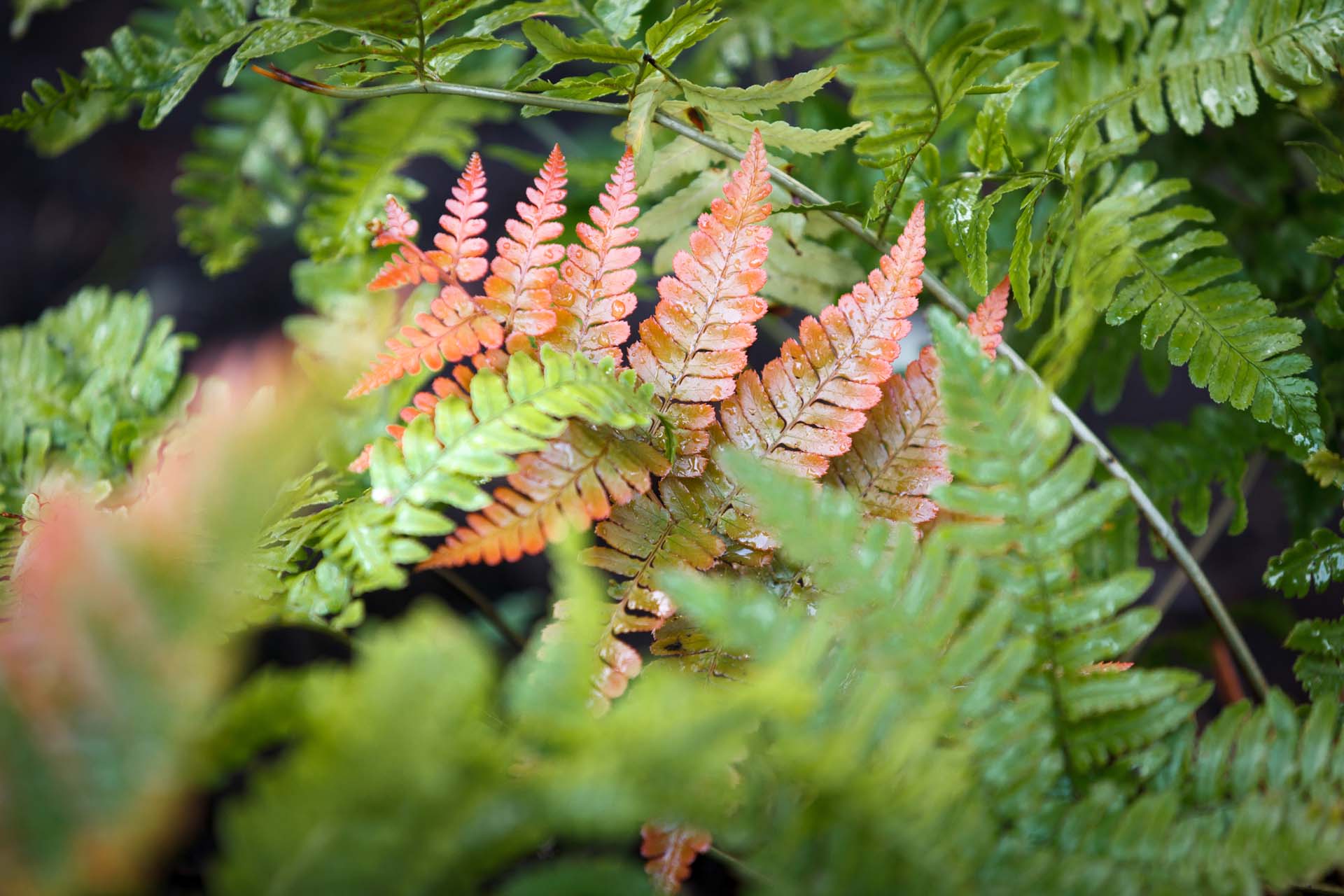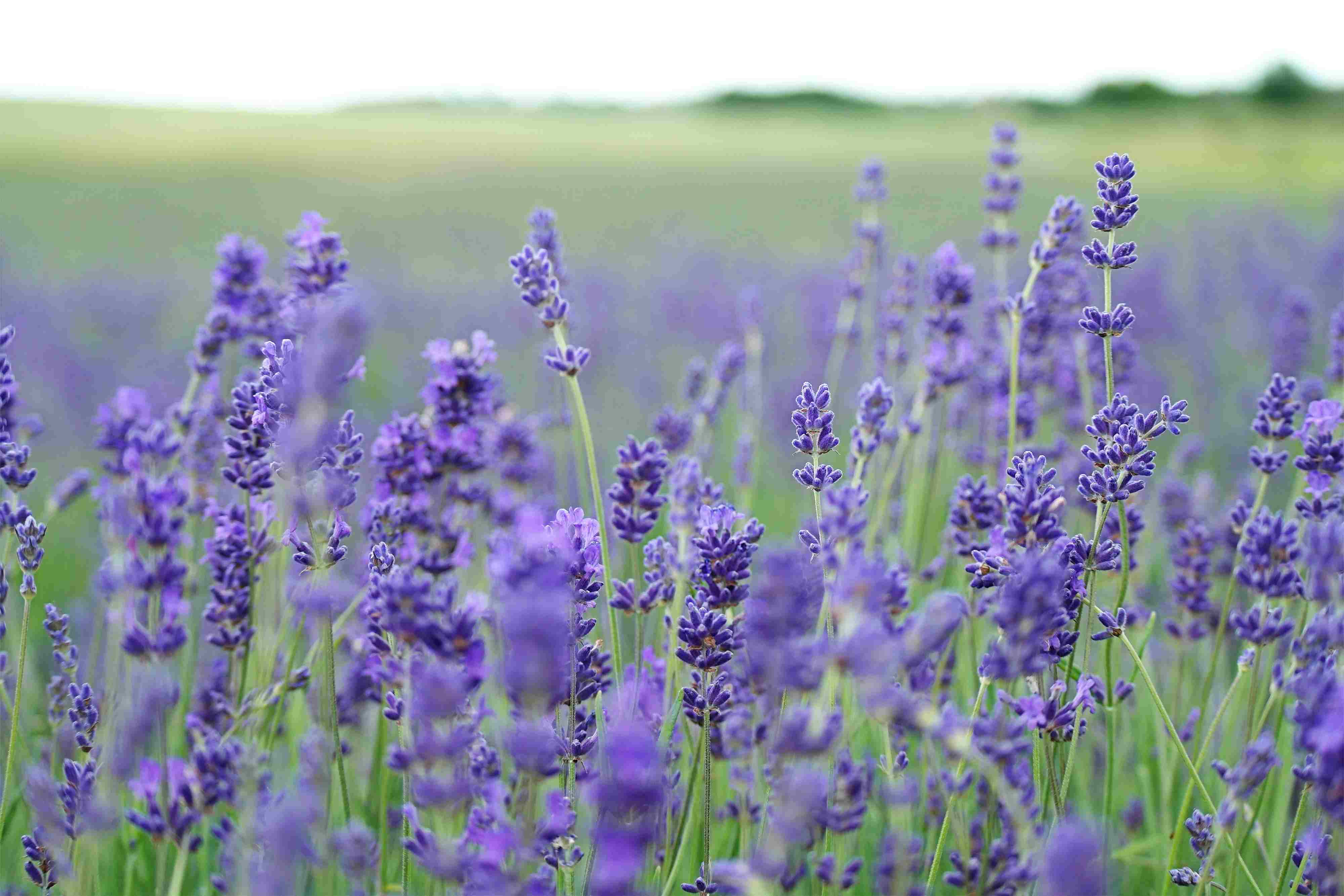Home>Types of Gardening>Ornamental Gardening>What Perennials Are Toxic To Dogs
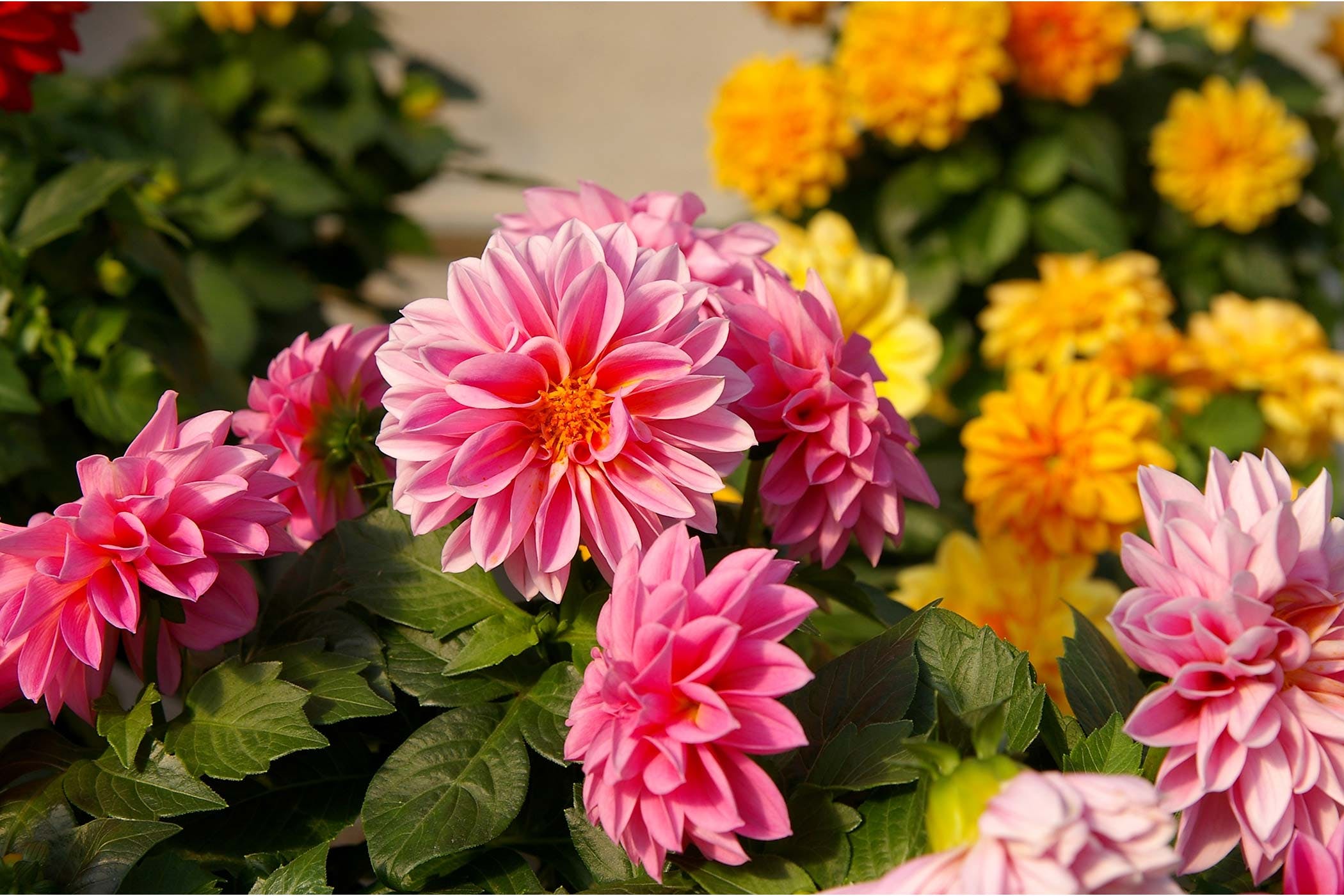

Ornamental Gardening
What Perennials Are Toxic To Dogs
Published: August 24, 2023
Discover which perennials in ornamental gardening are toxic to dogs and how to keep your furry friends safe in your garden.
(Many of the links in this article redirect to a specific reviewed product. Your purchase of these products through affiliate links helps to generate commission for Chicagolandgardening.com, at no extra cost. Learn more)
Table of Contents
Introduction
Welcome to our guide on identifying perennials that are toxic to dogs. As pet owners, ensuring the safety and well-being of our furry friends is of utmost importance. While we may enjoy the beauty and variety of ornamental plants in our gardens, it’s crucial to be aware of any potential dangers they may pose to our canine companions.
Many common perennials that beautify our landscape can actually be toxic to dogs if ingested. It’s essential to have a good understanding of these plants and the potential symptoms that may arise in order to protect our pets from harm.
In this article, we will explore some of the most common toxic perennials and provide valuable information on identifying them. We will also discuss the symptoms of perennial toxicity in dogs, appropriate treatment options, and most importantly, how to prevent such incidents from occurring in the first place.
By gaining knowledge about the potential dangers lurking in our gardens, we can create a safer environment for our beloved furry friends. Now, let’s dive into the world of toxic perennials and equip ourselves with the necessary understanding to protect our dogs from harm.
Understanding Toxicity in Dogs
Before delving into the specific perennials that are toxic to dogs, it’s important to have a basic understanding of how toxicity affects our canine companions. The term “toxicity” refers to the harmful effects that certain substances or plants can have on an animal’s body when ingested, inhaled, or even contacted through the skin.
Dogs have a different metabolism compared to humans, which can make them more susceptible to the toxic effects of certain plants. They may exhibit symptoms ranging from mild discomfort to severe illness or even death, depending on factors such as the amount of exposure, the type of plant, and the individual dog’s sensitivity.
It’s worth noting that not all dogs will have the same reaction to a toxic plant. Some dogs may ingest a toxic perennial with no adverse effects, while others may experience severe symptoms. Additionally, the severity of symptoms can vary depending on the quantity and part of the plant consumed. This is why it’s crucial for pet owners to be vigilant and informed.
When a dog ingests a toxic perennial, the toxins can cause various reactions in their body. These reactions may include gastrointestinal upset, neurological symptoms, respiratory distress, skin irritation, or even damage to internal organs. In severe cases, some toxic perennials can be life-threatening and require immediate veterinary attention.
It’s important to keep in mind that dogs are curious creatures, and they may be attracted to the texture, smell, or even taste of certain plants. They may explore the garden or chew on plants out of curiosity or boredom. As pet owners, our role is to ensure a safe environment for our dogs by being aware of the potential dangers associated with specific plants.
In the next sections, we will explore some of the most common perennials that are toxic to dogs. By familiarizing ourselves with these plants and their associated risks, we can take the necessary precautions to protect our furry friends and prevent potential health issues.
Common Toxic Perennials
There are several common perennials that can be toxic to our dogs if ingested. While this list is not exhaustive, it includes some of the most frequently encountered toxic plants in ornamental gardens. It’s important to note that the toxicity can vary depending on the specific part of the plant consumed, be it the leaves, flowers, or roots. Here are some common toxic perennials:
- Lilies (Lilium spp. and Hemerocallis spp.): Lilies are highly toxic to dogs, especially true lilies such as Easter lilies, tiger lilies, and daylilies. Ingestion of any part of the plant, particularly the flower petals, stems, or leaves, can cause kidney failure in dogs.
- Tulips and Daffodils: These popular spring-blooming flowers contain toxic compounds called alkaloids. Ingestion of the bulbs, stems, or flowers can cause gastrointestinal upset, drooling, and, in some cases, more severe symptoms like heart problems or even organ damage.
- Azaleas and Rhododendrons: These flowering shrubs contain toxins called grayanotoxins, which can cause a range of symptoms in dogs, including vomiting, diarrhea, drooling, weakness, and in severe cases, cardiac abnormalities. It’s important to note that all parts of these plants, including the leaves, flowers, and nectar, are toxic.
- Dieffenbachia: Also known as dumb cane, Dieffenbachia is a popular houseplant with large, variegated leaves. Ingestion of this plant can cause intense oral irritation, swelling of the mouth and throat, drooling, and difficulty swallowing.
- Sago Palm: While not a true perennial, the Sago palm is a common landscape plant that can be highly toxic to dogs. The plant contains cycasin, a toxin that primarily affects the liver. Ingestion of any part of the Sago palm can lead to symptoms such as vomiting, diarrhea, jaundice, seizures, liver failure, and even death.
These are just a few examples of toxic perennials that can pose a risk to our dogs. Other plants, such as oleander, foxglove, lily of the valley, and certain types of ferns, can also be toxic. It’s important to research and identify any plants in our gardens that may pose a potential risk to our furry friends.
If you suspect that your dog has ingested a toxic perennial, it’s crucial to seek veterinary assistance immediately. Early detection and prompt treatment can greatly improve the chances of a positive outcome for your dog’s health.
Symptoms of Perennial Toxicity in Dogs
Identifying the symptoms of perennial toxicity in dogs is essential for quickly recognizing a potential poisoning incident. The symptoms can vary depending on the specific plant ingested and the individual dog’s sensitivity. Here are some common symptoms to watch out for:
- Gastrointestinal Upset: Many toxic perennials can cause gastrointestinal issues in dogs. Symptoms may include vomiting, diarrhea, drooling, abdominal pain, and loss of appetite. These symptoms can range from mild to severe, depending on the toxicity of the plant and the amount ingested.
- Respiratory Distress: Ingesting certain toxic perennials can lead to respiratory problems in dogs. This may manifest as difficulty breathing, coughing, wheezing, or panting. It’s important to monitor your dog’s breathing and seek immediate veterinary attention if you notice any abnormalities.
- Neurological Symptoms: Some toxic plants can affect the nervous system of dogs, leading to neurological symptoms. These may include weakness, tremors, seizures, disorientation, or even coma. If you observe any sudden changes in your dog’s behavior or coordination, it’s crucial to seek veterinary care without delay.
- Cardiac Abnormalities: Certain toxic perennials, such as azaleas and rhododendrons, can affect the heart in dogs. This can result in symptoms such as irregular heartbeat, weakness, collapse, or even cardiac arrest. Any signs of cardiac distress should be taken seriously and require immediate veterinary attention.
- Oral Irritation: Ingestion of certain toxic plants, like Dieffenbachia, can cause intense oral irritation in dogs. If your dog exhibits signs of excessive drooling, lip smacking, pawing at the mouth, or reluctance to eat or drink, it may indicate oral discomfort due to plant toxins.
It’s important to remember that these symptoms can be indicative of various health conditions, not just perennial toxicity. However, if you suspect that your dog has ingested a toxic plant or is exhibiting any of these symptoms, it’s best to contact your veterinarian immediately for guidance.
Keep in mind that the severity and onset of symptoms can vary depending on the specific plant, the amount ingested, and the individual dog’s tolerance. Some dogs may show symptoms within minutes of ingesting a toxic perennial, while others may take hours or even days to exhibit signs of poisoning.
Remember, early detection and prompt veterinary intervention are crucial in improving the chances of a positive outcome for your dog’s health. Always err on the side of caution when it comes to potential plant toxicity, and never hesitate to seek professional help.
Treatment for Perennial Toxicity in Dogs
If you suspect or confirm that your dog has ingested a toxic perennial, it’s essential to seek immediate veterinary attention. Time is of the essence when it comes to treating plant toxicity in dogs. Here are some common treatment options that your veterinarian may consider:
- Inducing Vomiting: In certain cases, if the ingestion has occurred within a short period of time, your veterinarian may induce vomiting to remove the toxic plant material from your dog’s stomach. This is typically done under professional supervision to ensure your dog’s safety.
- Stomach Pumping (Gastric Lavage): If vomiting cannot be induced or if there is a concern of other toxic substances being present, your veterinarian may opt for stomach pumping. This procedure involves flushing the stomach with a solution to remove the ingested plant material.
- Administering Activated Charcoal: Activated charcoal is commonly used in cases of plant toxicity. It helps to absorb toxins and prevent their absorption into the bloodstream. Your veterinarian may administer activated charcoal to help reduce the effects of the toxic substances.
- Supportive Care: Depending on the severity of the toxicity, your veterinarian may provide supportive care to alleviate symptoms and maintain your dog’s stability. This can include giving intravenous fluids to prevent dehydration, administering medications to control vomiting or seizures, and providing oxygen therapy if respiratory distress is present.
- Specific Antidotes: In some cases, specific antidotes may be available to counteract the effects of certain plant toxins. As the availability of antidotes depends on the specific toxin and can vary, your veterinarian will determine if this course of action is appropriate for your dog.
It’s important to follow your veterinarian’s instructions closely and provide any necessary follow-up care for your dog. Make sure to keep your dog in a safe and quiet environment while they recover, and monitor their progress closely.
Remember, never attempt to induce vomiting or administer any treatment without professional guidance. The wrong approach can potentially worsen your dog’s condition or cause additional harm.
Prevention is always better than cure, so it’s crucial to take steps to prevent perennial toxicity in dogs. Let’s explore some preventive measures in the next section.
Preventing Perennial Toxicity in Dogs
Prevention is key when it comes to protecting our dogs from the potential dangers of toxic perennials. By implementing a few simple measures, we can create a safer environment for our furry friends. Here are some tips to prevent perennial toxicity in dogs:
- Research and Identify: Familiarize yourself with the common toxic perennials in your area. Research and identify the plants in your garden to determine if they pose any potential risks. This knowledge will help you effectively manage your garden and keep your dog safe.
- Secure Your Garden: Ensure that your garden is securely fenced to prevent your dog from accessing any potentially toxic plants. Consider using barriers or raised beds to keep your dog away from certain areas of your garden that may contain hazardous vegetation.
- Supervise Outdoor Time: When your dog is outside, make sure to supervise them closely. Keep an eye on their activities and intervene if you notice them approaching or showing interest in any plants. Redirect their attention with toys or activities to keep them away from potential dangers.
- Train “Leave It” and “Drop It” Commands: Teach your dog basic obedience commands, such as “leave it” and “drop it.” These commands can be lifesaving if your dog comes into contact with or attempts to ingest a potentially toxic perennial. Consistent training and reinforcement will help ensure your dog’s compliance in such situations.
- Plant Pet-Friendly Alternatives: Consider incorporating pet-friendly plants into your garden instead of toxic perennials. There are many beautiful and safe options available that can provide a colorful and aesthetically pleasing landscape without posing a risk to your dog’s health.
- Provide Mental Stimulation: Sometimes, dogs may resort to chewing on plants out of boredom. Ensure your dog’s mental and physical needs are adequately met through regular exercise, playtime, and interactive toys. A well-stimulated dog is less likely to engage in destructive behaviors like chewing on plants.
- Consult a Veterinary Specialist: If you are unsure about the safety of certain plants or have concerns about potential perennial toxicity, consult a veterinary specialist or a local horticulturist. They can provide valuable insights and recommendations based on your specific geographical location and the plants in question.
By following these preventive measures, you can significantly reduce the risk of perennial toxicity in dogs and create a safer environment for your furry friend to enjoy.
Remember, being proactive is essential in safeguarding your dog’s well-being. Regularly assess your garden for any potential hazards and take appropriate action to eliminate or mitigate the risks. Your dog’s health and happiness are worth the extra effort.
Conclusion
Protecting our dogs from the potential dangers of toxic perennials is a responsibility that all pet owners should prioritize. By understanding the risks associated with certain plants and implementing preventive measures, we can ensure the safety and well-being of our beloved canine companions.
In this comprehensive guide, we have explored the importance of identifying toxic perennials, understanding their effects on dogs, recognizing the symptoms of perennial toxicity, and seeking prompt veterinary treatment. We have also discussed preventive measures to create a safer environment in our gardens.
Remember, knowledge is key when it comes to preventing perennial toxicity in dogs. Research and identify the common toxic perennials in your area, secure your garden, and supervise outdoor time to minimize the risk of your dog coming into contact with toxic plants. Training obedience commands and providing mental stimulation are additional tools to keep your dog away from potential dangers.
If you suspect that your dog has ingested a toxic perennial, don’t hesitate to seek immediate veterinary attention. Time is of the essence in ensuring the best possible outcome for your dog’s health.
By being proactive and implementing preventive measures, we can create a beautiful and safe garden environment where our dogs can thrive without the risk of perennial toxicity.
Let’s work together to keep our furry friends happy, healthy, and protected!





